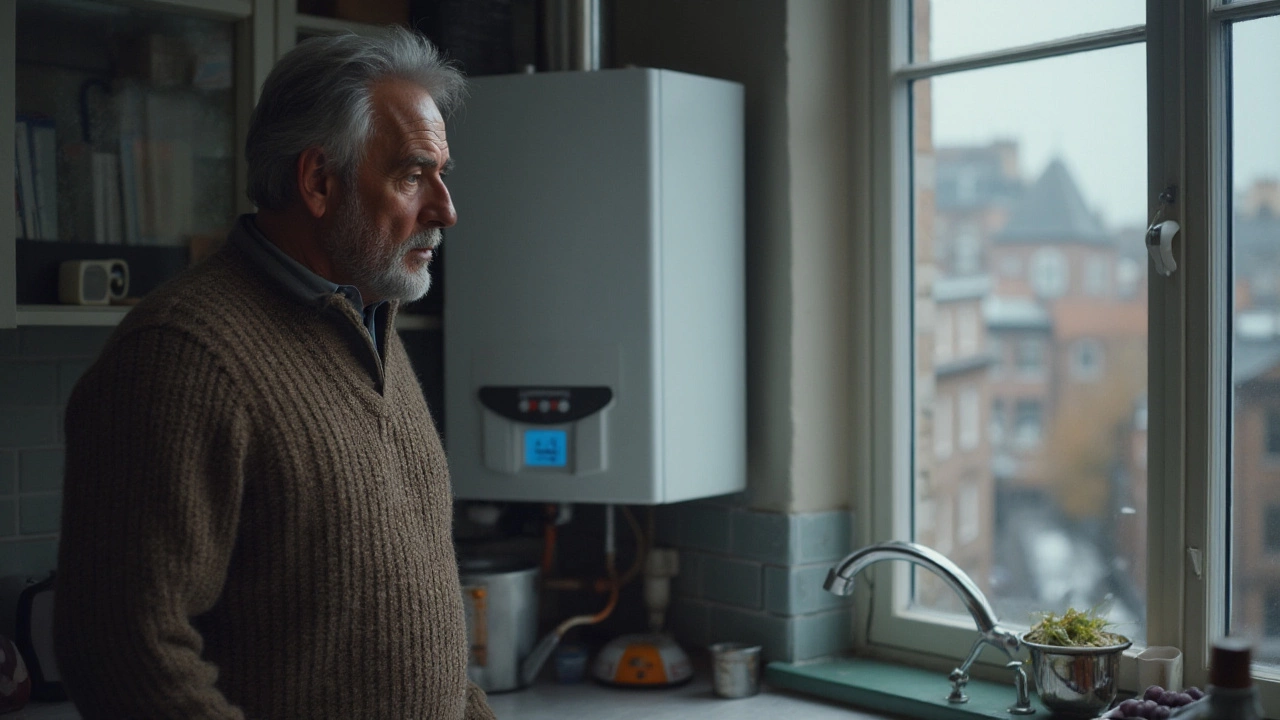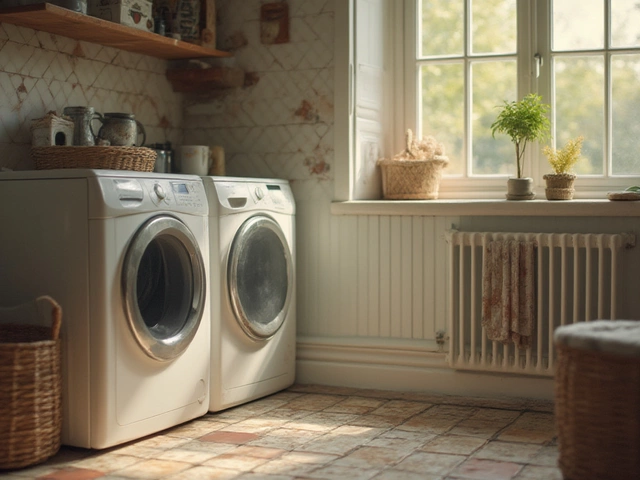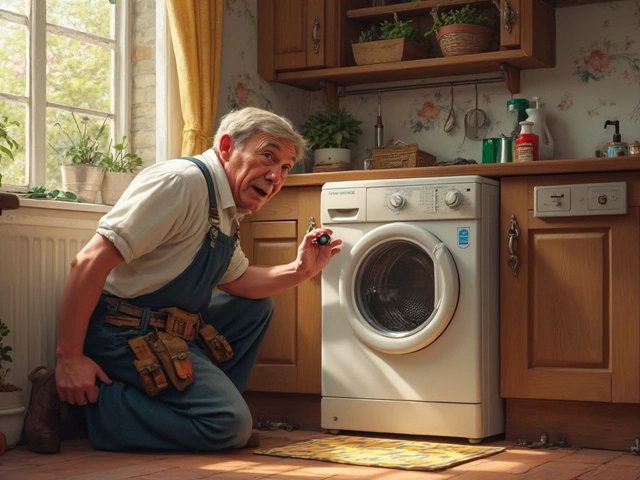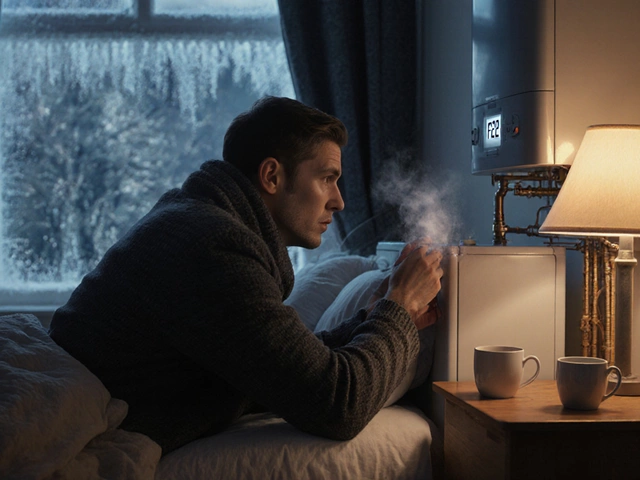If you’re staring at a cold shower, the first thing you want to know is how to get that hot water back, fast. Most water‑heater problems are simple enough to handle yourself, and you don’t need a graduate degree in engineering to sort them out. In this guide we’ll walk through the usual culprits, the easiest fixes, and the moments when you should pick up the phone and call a professional.
Cold water, strange noises, or a heater that keeps resetting are usually signs of three main issues: a faulty thermostat, sediment buildup, or a broken heating element. A thermostat that’s stuck low will tell the unit not to heat the water, while too much sediment acts like an insulator and stops the heat from reaching the tank. If the heating element is cracked or corroded, the water stays lukewarm no matter how long you wait.
Another common problem is a tripped high‑temperature limit switch. Most modern electric heaters have a safety switch that cuts power when the water gets too hot. If the switch trips repeatedly, it often means the thermostat is off‑track or the water isn’t flowing properly.
Gas‑fired heaters have their own set of gremlins: a clogged pilot light, a dirty burner, or a vent blockage. In any case, the symptom—no hot water—can usually be traced back to one of these simple causes before you start tearing the whole unit apart.
1. Reset the heater. Most electric models have a reset button on the thermostat. Turn the power off at the breaker, wait a minute, then press the reset and restore power. If the water heats up, the problem was a temporary overload.
2. Flush the tank. Sediment builds up over years and reduces efficiency. To flush, turn off the heater, attach a garden hose to the drain valve, and let the water run until it’s clear. This simple maintenance can add years to the unit’s life.
3. Test the thermostat. Use a multimeter to check continuity. If the reading is off, replace the thermostat—usually a $30‑$50 part you can swap in under an hour.
4. Inspect the heating element. Remove the access panel, disconnect the wires, and test the element with a multimeter. A broken element shows infinite resistance. Replacing it typically costs $40‑$80 and fixes most “not heating” complaints.
5. Check the gas supply. For gas heaters, ensure the pilot light is lit and the gas valve is fully open. If the pilot won’t stay lit, the thermocouple may need replacement.
If you try these steps and the water is still cold, it’s time to call a qualified technician. Persistent reset trips, leaks, or strange smells can signal deeper issues like a cracked tank or electrical faults that require professional tools and safety knowledge.
Regular maintenance—flushing once a year and testing the pressure‑relief valve—keeps most water heaters running smoothly for 8‑12 years. Knowing when to DIY and when to call for help not only saves money but also prevents a small problem from turning into a costly emergency.
So the next time you’re stuck with a cold shower, remember: a quick reset, a simple flush, or a fast thermostat swap often does the trick. Keep these tips handy, and you’ll spend less time shivering and more time enjoying hot water—exactly what a water heater is supposed to deliver.

Struggling with a hot water heater that refuses to kick on can be frustrating, especially on chilly days. In this detailed guide, you'll find practical solutions and in-depth explanations to help diagnose and possibly fix some of the most common issues that prevent your hot water heater from functioning. Whether it's a simple power issue or a more complex mechanical fault, this article equips you with the knowledge to tackle the problem. It's time to stop second-guessing and start understanding what's really going on with your heating system.

Is your washing machine considered old? Learn the real lifespan, signs it's aging, and pro tips to keep it running longer. Get real facts and advice from an expert.

Wondering when to replace your cooker? This article breaks down the real signs that your cooker is on its last legs, what affects its lifespan, and how to keep it running safely for longer. Get practical tips straight from real-life experience and find out how to spot issues before they turn expensive. Whether you use gas or electric, knowing when to repair or replace makes all the difference in your kitchen.

An appliance technician plays a crucial role in keeping household and commercial appliances running smoothly. They diagnose issues, perform necessary repairs, and offer maintenance tips to prevent future problems. Understanding their responsibilities helps in appreciating their importance. This article provides insights into the day-to-day duties of an appliance technician and offers tips for those aspiring to join this field.

If your boiler stops working, know who to call and what to do immediately. This guide covers emergency steps, how to find a Gas Safe engineer, repair costs, and how to prevent future breakdowns in the UK.

A practical guide for diagnosing common refrigerator problems, spotting signs of faults, and fixing them at home with tips and real-world facts.